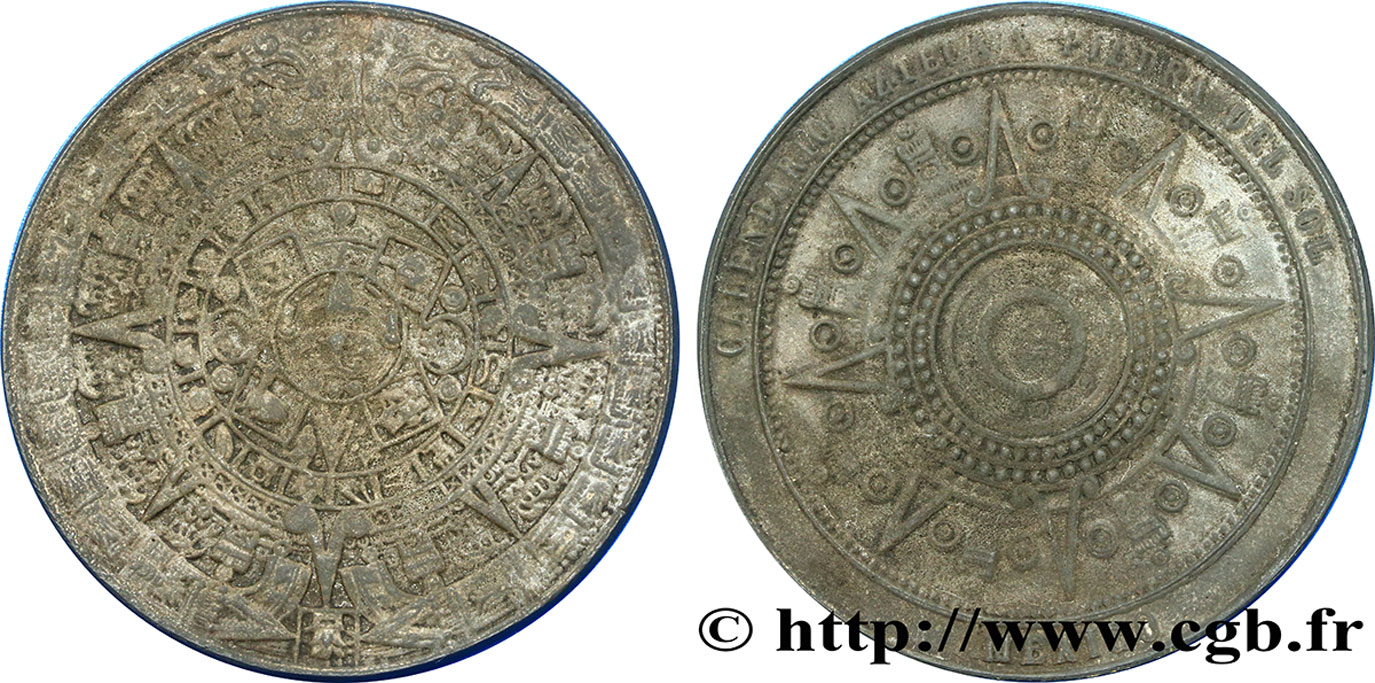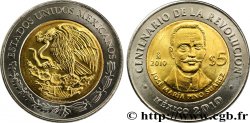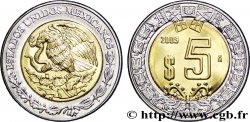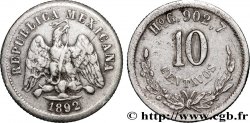E-auction 254-177962 - fme_399996 - MEXICO Médaille de style Aztèque
You must signin and be an approved bidder to bid, LOGIN TO BID. Accounts are subject to approval and the approval process takes place within 48 hours. Do not wait until the day a sale closes to register. Clicking on « bid » constitutes acceptance of the terms of use of cgb.fr private e-auctions.
Bids must be placed in whole Euro amounts only. The sale will start closing at the time stated on the item description; any bids received at the site after the closing time will not be executed. Transmission times may vary and bids could be rejected if you wait until the last second. For further information ckeck the E-auctions F.A.Q.
NO BUYER'S FEE.
NO BUYER'S FEE.
| Estimate : | 45 € |
| Price : | 13 € |
| Maximum bid : | 14 € |
| End of the sale : | 26 February 2018 19:04:30 |
| bidders : | 4 bidders |
Type : Médaille de style Aztèque
Date: n.d.
Mint name / Town : Mexique, Mexico
Metal : tin
Diameter : 73 mm
Orientation dies : 12 h.
Weight : 79 g.
Edge : lisse
Coments on the condition:
Médaille avec une surface un peu hétérogène mais des types bien identifiables
Obverse
Obverse legend : ANÉPIGRAPHE.
Obverse description : Calendrier Aztèque.
Reverse
Reverse legend : CALENDFARIO AZTECA Y PIERRA DEL SOL // MEXICO.
Reverse description : Calendrier Aztèque et légende circulaire autour.
Commentary
Ce genre de médaille pourrait être un souvenir touristique.
La Pierre du Soleil, souvent appelée abusivement calendrier aztèque ou au contraire de manière plus exacte cuauhxicalli, est une des œuvres les plus célèbres et emblématiques de l'art aztèque.
Découverte par hasard le 17 décembre 1790 à Mexico, lors du pavage de la grand place de la capitale de la Nouvelle-Espagne, elle est actuellement conservée au Musée national d'anthropologie de Mexico. Ce disque réalisé dans un bloc monolithique de lave basaltique d'olivine, d'un poids de 24 tonnes, de 3,6 m de diamètre et 1,22 m d'épaisseur, était probablement un cuauhxicalli (réceptacle et autel de sacrifice) ou un temalácatl (autel de sacrifice gladiatorial). Il a été sculpté sous le règne d'Axayácatl pour commémorer la fête du feu nouveau de 1479 (date indiquée en haut, au centre, entre les queues de serpent).
.
This type of medal could be a tourist souvenir. The Sun Stone, often incorrectly called the Aztec calendar or, on the contrary, more accurately, the cuauhxicalli, is one of the most famous and emblematic works of Aztec art. Discovered by chance on December 17, 1790, in Mexico City, during the paving of the main square of the capital of New Spain, it is currently housed in the National Museum of Anthropology in Mexico City. This disc, made from a monolithic block of olivine basaltic lava, weighing 24 tons, 3.6 m in diameter and 1.22 m thick, was probably a cuauhxicalli (receptacle and altar of sacrifice) or a temalácatl (altar of gladiatorial sacrifice). It was sculpted during the reign of Axayácatl to commemorate the Feast of the New Fire of 1479 (date indicated at the top, center, between the serpent tails).
La Pierre du Soleil, souvent appelée abusivement calendrier aztèque ou au contraire de manière plus exacte cuauhxicalli, est une des œuvres les plus célèbres et emblématiques de l'art aztèque.
Découverte par hasard le 17 décembre 1790 à Mexico, lors du pavage de la grand place de la capitale de la Nouvelle-Espagne, elle est actuellement conservée au Musée national d'anthropologie de Mexico. Ce disque réalisé dans un bloc monolithique de lave basaltique d'olivine, d'un poids de 24 tonnes, de 3,6 m de diamètre et 1,22 m d'épaisseur, était probablement un cuauhxicalli (réceptacle et autel de sacrifice) ou un temalácatl (autel de sacrifice gladiatorial). Il a été sculpté sous le règne d'Axayácatl pour commémorer la fête du feu nouveau de 1479 (date indiquée en haut, au centre, entre les queues de serpent).
.
This type of medal could be a tourist souvenir. The Sun Stone, often incorrectly called the Aztec calendar or, on the contrary, more accurately, the cuauhxicalli, is one of the most famous and emblematic works of Aztec art. Discovered by chance on December 17, 1790, in Mexico City, during the paving of the main square of the capital of New Spain, it is currently housed in the National Museum of Anthropology in Mexico City. This disc, made from a monolithic block of olivine basaltic lava, weighing 24 tons, 3.6 m in diameter and 1.22 m thick, was probably a cuauhxicalli (receptacle and altar of sacrifice) or a temalácatl (altar of gladiatorial sacrifice). It was sculpted during the reign of Axayácatl to commemorate the Feast of the New Fire of 1479 (date indicated at the top, center, between the serpent tails).








 Report a mistake
Report a mistake Print the page
Print the page Share my selection
Share my selection Ask a question
Ask a question Consign / sell
Consign / sell
 Full data
Full data









